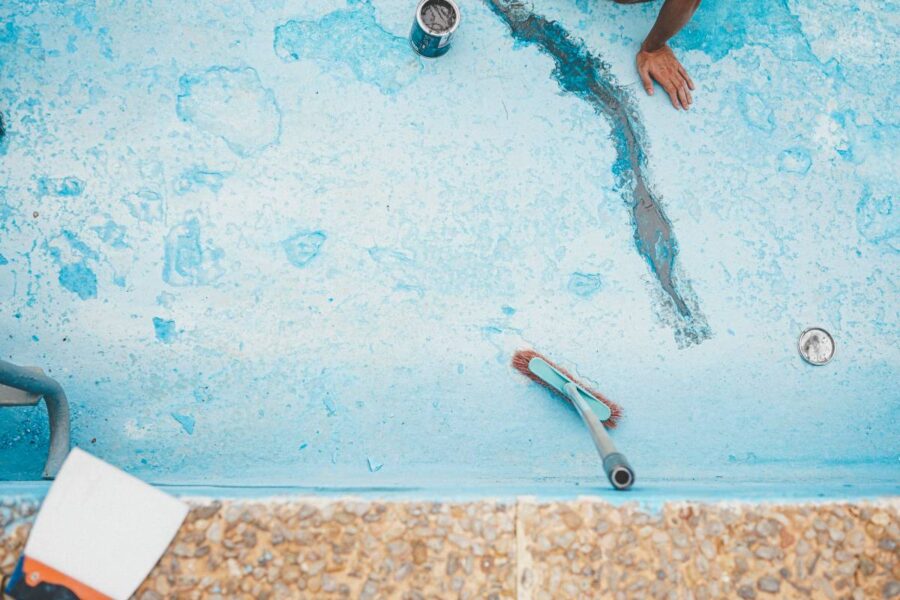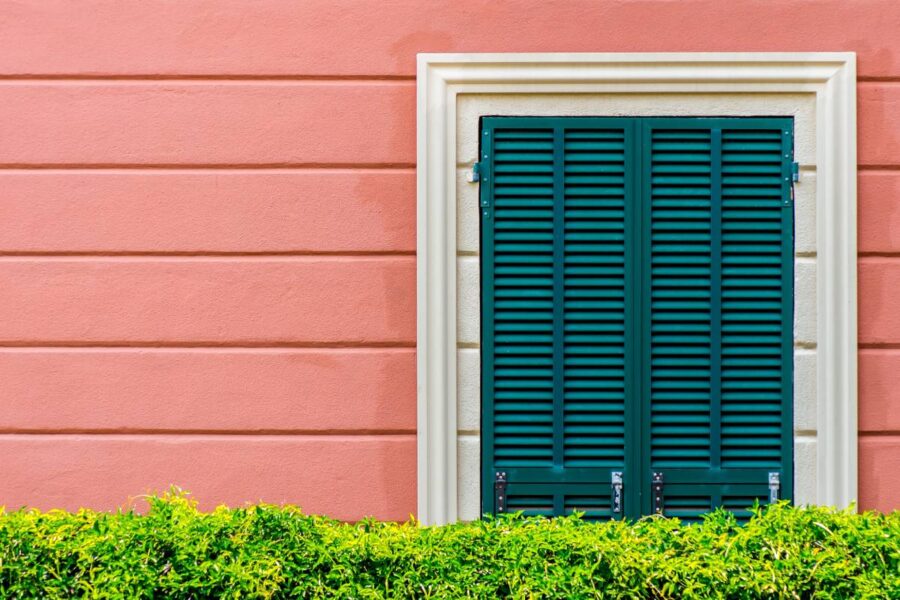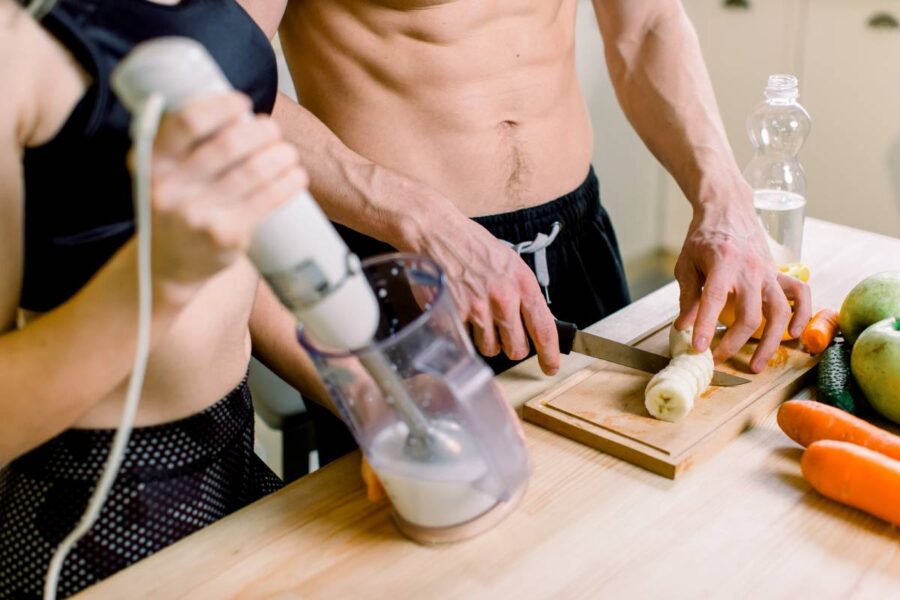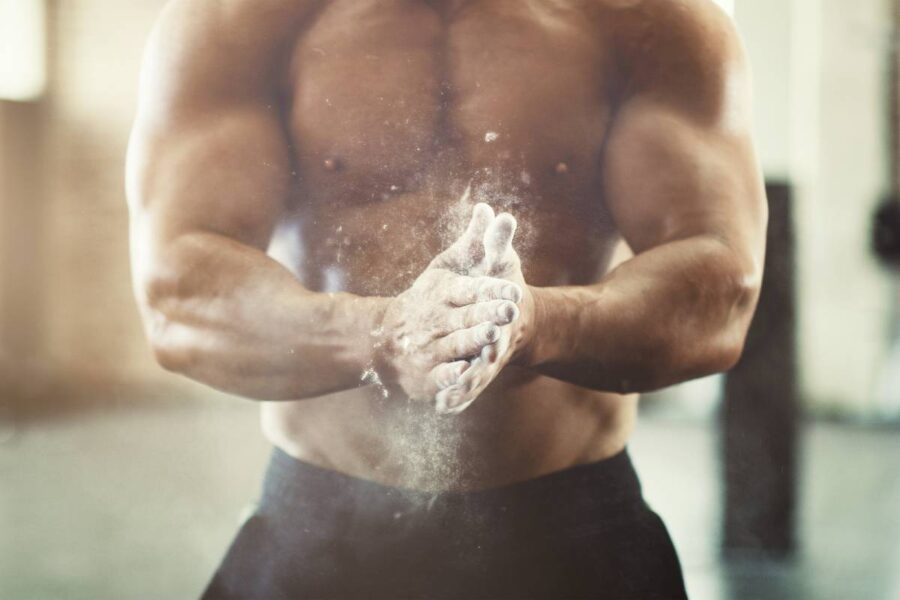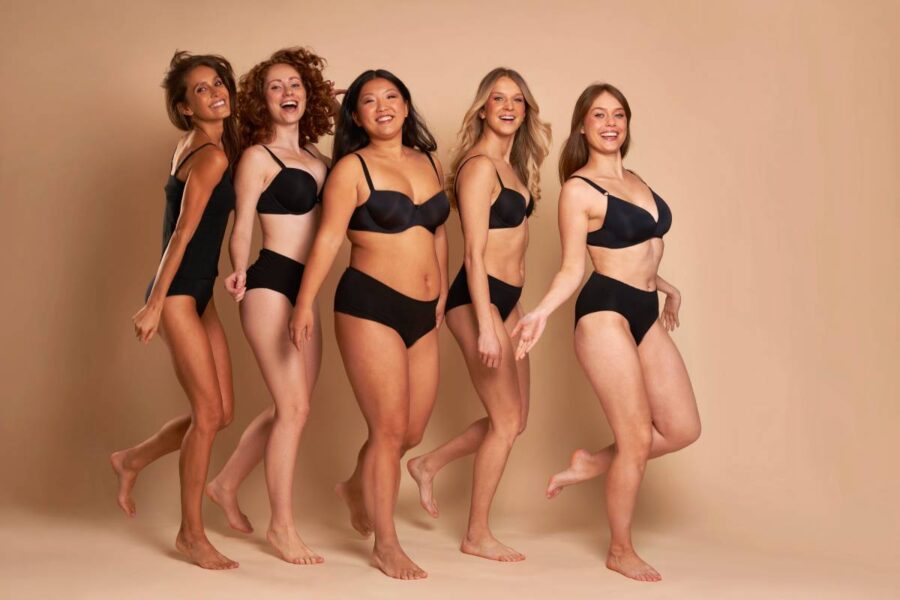Updating the look of your pool by painting it can be a great idea, but it’s important to use the right paint and apply it properly. While it’s possible to do it yourself, hiring professional painters might lead to better results.
In Australia, the average cost of painting a pool ranges from $480 to $650, depending on factors like the type of paint and the size of your pool. Here’s what you should consider when painting your pool and how to estimate the costs.
You might also read:
How many types of swimming pool paint?
Different types of paints are available for swimming pools, and the best one for your pool depends on its material and the desired appearance. Pool painting costs can vary based on the paint type, with options available in various colours. Here are the recommended types of paints for pools:
Epoxy Pool Paints
Epoxy paint is a popular choice for swimming pools due to its durability and resistance to chemicals and UV rays. It provides a hard, glossy finish that can last for several years. Here are some key points about epoxy paint:
- Durability: Epoxy paint forms a tough, protective coating on the pool surface, making it resistant to scratches and stains.
- Chemical Resistance: It withstands the harsh chemicals typically used in pool water, such as chlorine and bromine.
- UV Resistance: Epoxy paint is less prone to fading and discolouration from sunlight exposure compared to other types of paint.
However, applying epoxy paint can be more complex and may require professional help. It also tends to be more expensive than other options.

Rubber Pool Paint
Rubber-based paint, also known as chlorinated rubber paint, is specifically designed for swimming pools. It offers good chemical resistance and adheres well to different pool surfaces. Here are its characteristics:
- Chemical Resistance: Like epoxy paint, rubber-based paint can withstand the chemicals in pool water.
- Flexibility: It can expand and contract with the pool surface, which is beneficial in areas with temperature fluctuations.
- Compatibility: Rubber-based paint can be applied over existing coatings, making it a good option for pool renovations.
On the downside, rubber-based paint may require more frequent recoating compared to epoxy, and it can be more difficult to apply evenly.
Polyurethane Pool Paint
Polyurethane paint is another option for swimming pools, offering high durability and chemical resistance. Here are its key features:
- Durability: Polyurethane paint forms a tough, long-lasting coating that can withstand heavy use and harsh weather conditions.
- Chemical Resistance: It is highly resistant to chemicals typically found in pool water.
- Appearance: Polyurethane paint provides a smooth, glossy finish that enhances the pool’s appearance.
However, polyurethane paint tends to be more expensive than other options, and its application may require professional assistance.
Acrylic Paint
Acrylic paint is known for its versatility and ease of application. It dries quickly and comes in a variety of colours. Here are some features of acrylic paint for swimming pools:
- Ease of Application: Acrylic paint is easy to apply, making it suitable for DIY projects.
- Quick Drying: It dries relatively fast, allowing for a shorter downtime for the pool.
- Affordability: Acrylic paint is often more budget-friendly compared to epoxy.
However, acrylic paint may not last as long as epoxy, especially in pools with heavy usage or exposure to harsh weather conditions. It may require more frequent touch-ups or recoating.

How much does it cost to paint a pool?
The cost of painting a pool can range from $100 to $1000 or more, depending on factors like the size of your pool, the quality of paint, and whether you hire professionals.
For a 20 to 25-square-meter area, pool painting costs might be:
- $270 for a two-pack of epoxy paint for a fibreglass or unpainted cement pool
- $105 for rubber paint for a concrete or tile pool
Epoxy paint typically requires a primer and two coats, while rubber paint may need three coats.
Calculating pool painting costs can be tricky, so it’s a good idea to ask your paint supplier for help. For instance:
If your pool is 6 meters long, 3 meters wide, with a 1.8 meter deep end and 1 meter shallow end, its surface area could be 40 square meters. You’ll need to double this figure for at least 2 coats of paint. On average, you might need:
- 5 x 3.5-litre epoxy kits (for 2 coats)
- 7 x 4.0-litre buckets of rubber paint (for 3 coats)
Your paint supplier can help you calculate the exact amount needed based on your pool’s dimensions.
Factors affecting pool painting costs:
- Moisture in the subsoil may require extra preparation.
- Potholes and difficult-to-access areas can add to the cost.
- Repairs or maintenance like smoothing areas or applying primers to concrete.
- Using a single colour is cheaper than multiple colours.
- Other areas to paint, such as pool coping, shower room, spa, or sauna.
Not all painters include all these services, so make sure to check what’s covered in your quote.
Can I paint my swimming pool myself?
Painting your swimming pool can be a rewarding DIY project if you’re confident in your skills and prepared to ensure a thorough job. Here’s a detailed guide on how to do it, along with some tips to make the process easier:
1. Calculate and Choose the Right Paint
 Before you begin, calculate the square meters of your pool to determine how much paint you’ll need. Consider factors like the type of surface (concrete, fibreglass, or plaster) and the existing condition of the pool. Choose the appropriate type of pool paint based on your needs and budget. The main types of pool paint are epoxy, acrylic, rubber-based, and polyurethane.
Before you begin, calculate the square meters of your pool to determine how much paint you’ll need. Consider factors like the type of surface (concrete, fibreglass, or plaster) and the existing condition of the pool. Choose the appropriate type of pool paint based on your needs and budget. The main types of pool paint are epoxy, acrylic, rubber-based, and polyurethane.
2. Drain and Dry the Pool
Start by draining the pool completely and allowing it to dry thoroughly. This step is crucial to ensure proper adhesion of the paint to the surface. Depending on the size of your pool and weather conditions, drying may take a few days to a week.
3. Clean the Surface
Once the pool is dry, clean the surface thoroughly to remove any dirt, debris, or algae. Use a pool brush, scrubbing pad, or pressure washer to ensure the surface is clean and free of contaminants. Pay special attention to areas around the waterline and any stains that may be present.
4. Prepare the Surface
Surface preparation is key to achieving a smooth and long-lasting finish. Fill any cracks or holes in the pool surface with a suitable filler and smooth out rough areas with sandpaper or a sander. For concrete pools, make sure they are fully cured before painting to avoid issues with adhesion and drying.
5. Painting the Pool
The final step is painting the pool. Choose a dry day with mild temperatures for optimal painting conditions. Start by applying the paint at the deep end of the pool and work your way towards the shallow end. Use a high-quality paint roller or sprayer for even coverage.
It’s essential to plan your exit route carefully to avoid stepping on wet paint and leaving footprints. If you plan to paint the pool coping as well, consider doing that job first to prevent dripping paint on the pool interior.
Tips for Success
- Follow the Manufacturer’s Instructions: Different types of pool paint may have specific application instructions and drying times. Always follow the manufacturer’s guidelines for best results.
- Apply Multiple Coats: Depending on the type of paint and the condition of your pool, you may need to apply multiple coats for adequate coverage and durability.
- Allow Sufficient Drying Time: Allow each coat of paint to dry thoroughly before applying the next one. Rushing the process can result in poor adhesion and premature failure of the paint.
- Maintain Proper Pool Chemistry: Once the paint has cured, maintain proper water chemistry to protect the finish and extend its lifespan. Regularly test and balance the pool water to prevent damage to the paint.
By following these steps and tips, you can successfully paint your swimming pool and enjoy a fresh, new look for years to come. If you’re unsure about any aspect of the process, don’t hesitate to seek professional advice or assistance.
Hiring a professional pool painter
Painting a swimming pool involves more than meets the eye, so there are several reasons to consider hiring a professional from Painting All Sorts near Central Coast. A professional knows the right type of paint to use, how to apply it, and what preparation is necessary, resulting in a beautiful finish you can be proud of.
Painting a pool can be time-consuming, especially if you can only work on weekends. Even surface preparation alone could take more than one weekend, especially if you’re new to the task. Additionally, if there’s a delay between preparation and painting, the pool may need further cleaning, adding to the time needed.
Professional pool painters from Painting All Sorts often get discounts on paint, which they can pass on to you. They’re experienced in working efficiently and quickly, ensuring the job is completed on time and to a high standard.
Although hiring a professional may cost more than doing it yourself, top-quality painters use high-quality paint and guarantee their work. While you may pay a bit extra for their service, the result will likely look better and last longer compared to a DIY job or one done by a discount painter using lower-quality paints.
When obtaining quotes from pool painters in your area, ask for references to ensure you’re hiring the best for the job.

